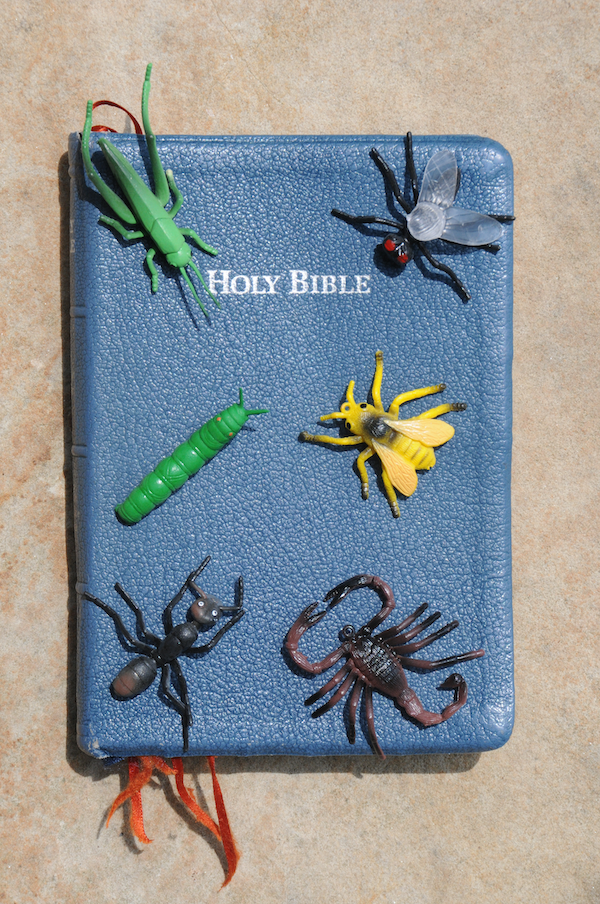Bugs of the Bible, Vol. 7, No. 31
Related News
July 10, 2015
June 29, 2015
June 17, 2015
Pages
Related Publications
Publication Number: P3346
Publication Number: P3367


